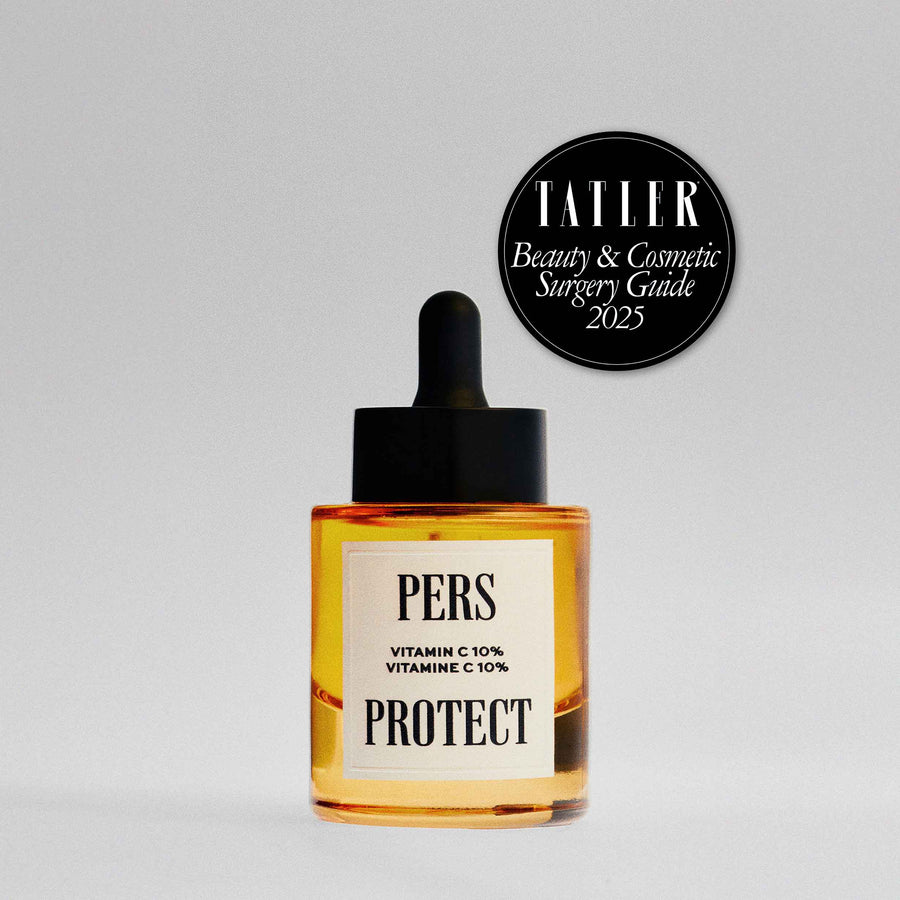Taking care of your face with sun protection
When it comes to skin care, one thing is certain: sun protection is indispensable. With continuous exposure to the sun's UV rays, facial skin in particular faces constant threats that can cause irreparable damage. UV rays can cause premature aging, wrinkles and, in the worst case scenario, skin cancer.
The solution to these threats? Effective sun protection. And proper sun protection isn't just for sunny days at the beach. It's a necessary preventive measure to adopt every day, all year round, to preserve the health and beauty of the skin. 
Understanding the effects of the sun on facial skin
The face is the part of the body most exposed to the sun. Understanding the effects of the sun on the skin is therefore essential to choosing the right sun protection.
UV rays and their effects on the skin
The sun emits two types of ultraviolet rays that reach the skin: UVA and UVB.
UVA rays penetrate deep into the epidermis and are the main cause of skin aging and wrinkles. They account for the majority of UV rays reaching the skin.
UVB rays are more energetic and are mainly responsible for sunburn. Although they represent only a small fraction of the UV rays that reach the skin, they are highly destructive and play a key role in the development of skin cancer.
Understanding the importance of sun protection
Sun protection is an essential weapon in the fight against skin damage. Not only does it protect the skin from the immediate effects of the sun, such as sunburn, but it also helps prevent long-term effects such as wrinkles, age spots and skin cancer.
Common myths about sun protection
There are many misunderstandings about sun protection. For example, many people mistakenly believe that they don't need sun protection on cloudy days or when they're indoors. Others believe that only fair-skinned people need sun protection.
These myths, as their names suggest, are all wrong and can have dangerous consequences for skin health.
The different types of sun protection for the face
It's important to choose the right sun protection for your specific skin care needs.
Chemical or physical sun protection
Sunscreens generally fall into two categories: chemical and physical.
Chemical sunscreens contain ingredients that absorb UV rays before they can damage the skin.
Physical sunscreens, on the other hand, contain minerals such as titanium dioxide and zinc oxide that reflect or disperse UV rays before they reach your skin.
The main active ingredients in sunscreens
There are a multitude of active ingredients in sunscreens, each with its own advantages.
Physical sunscreens traditionally usezinc oxide or titanium dioxide to reflect or disperse UV rays.
Chemical sunscreens, on the other hand, can contain a variety of active ingredients, which absorb UV rays and convert them into heat, including:
- oxybenzone ;
- avobenzone ;
- octisalate ;
- octocrylene;
- homosalate.
How do I choose the right sun protection for my skin type?
Choosing the right sunscreen depends on many factors, not least your skin type. For example, if you have oily skin, you may prefer an oil-free formula that doesn't block pores. If you have dry skin, you may prefer a moisturizing cream with sun protection.
What's more, some people can have allergic reactions to certain active ingredients in sunscreens, so it's always advisable to do a patch test before trying a new product.
Finally, it's essential to note that the level of protection against UV rays is indicated by the sun protection factor (SPF): the higher the SPF, the stronger the protection, but no SPF can block 100% of UV rays, so it's always important to look for additional means of protection, such as wearing a hat or sunglasses. 
Integrating sun protection into a facial skin care routine
Having sun protection is one thing, but knowing how and when to apply it correctly is quite another.
When and how to apply sun protection?
For optimum protection, sunscreen should be applied around 30 minutes before exposure to the sun.
For the face, the recommended amount isabout one teaspoon. It's important to cover all exposed areas, including often-neglected areas such as the ears and neck.
Other skincare products containing sun protection
In addition to classic sun creams, many other skin care products for the face contain sun protection.
For example, some moisturizers, foundations and lip balms have a built-in sun protection factor (SPF). These products can be a good option for those looking to simplify their skincare routine.
The importance of reapplication
Reapplication is a crucial step in the effectiveness of sun protection. Even products with a high SPF do not provide all-day protection. As a general rule, sunscreen should be reapplied every two hours, or after perspiring or swimming.
The long-term impact of regular use of sun protection
Regular use of sunscreen on the face helps prevent premature skin aging and curb existing skin problems.
Sun protection as a means of preventing premature aging
Regular exposure to the sun can accelerate the skin's aging process, leading to theappearance of wrinkles and age spots. Regular use of sun protection can help prevent these signs of aging, preserving the skin's elasticity and youthfulness.
The effect of sun protection on existing skin problems
People suffering from certain skin conditions, such ashyperpigmentation or acne, can benefit from regular use of sun protection. In fact, the sun's rays can aggravate these conditions. For example, they can stimulate melanin production, which can worsen hyperpigmentation.
In conclusion, sun protection for the face is a crucial step in any skincare routine. It provides essential defense against the harmful effects of UV rays, helps prevent premature aging, and can even improve the appearance of certain skin conditions. Ultimately, good sun protection is one of the most important investments you can make in the health and beauty of your skin.
We recommend these other pages:

